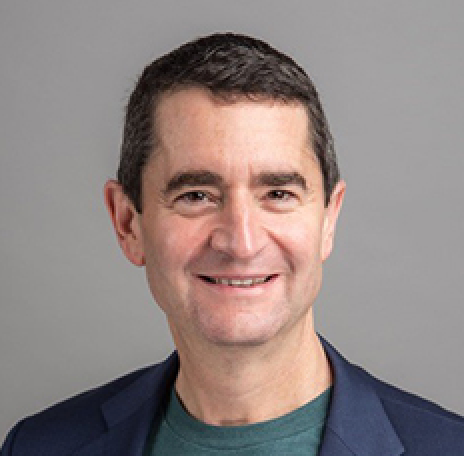News
Article
Secukinumab Rapidly Improves Disease Severity in Mild to Moderate Psoriasis
Author(s):
Secukinumab treatment resulted in greater improvements compared with placebo at week 12, with responses increasing through week 52.
Bruce E Strober, MD, PhD
Credit: Central Connecticut Dermatology

Patients with mild to moderate psoriasis treated with secukinumab demonstrated rapid improvements in measures related to disease severity after only 12 weeks of treatment compared with placebo. The research, presented at the 2023 Fall Clinical Dermatology Conference, also indicated a 300 mg dose had numerically greater improvements than the 150 mg dose, although both led to increased efficacy from week 12 to week 52.1
The drug, a fully human monoclonal antibody designed to selective neutralize interleukin (IL)-17A, has previously demonstrated long-term efficacy across psoriatic diseases. However, efficacy in mild to moderate psoriasis has not been assessed.
A team led by Bruce E Strober, MD, PhD, clinical professor of dermatology at Yale University School of Medicine, evaluated the efficacy and safety of secukinumab in this patient population using a phase 3 clinical trial program which included the EXCEED, FUTURE 2-5, and GESTURE trials. Mild to moderate psoriasis was defined as a baseline affected body surface area (BSA) of 3% - 10% or a baseline Investigator’s Global Assessment (IGA) score of 2 or 3.
Patients were assigned to receive subcutaneous secukinumab 300 mg, secukinumab 150 mg, or placebo once weekly from weeks 0 to 4, and then every 4 weeks until the end of the study period. Treatment through week 16 (period 1) included the placebo cohort, while in period 2 (weeks 16 – 52) patients received either secukinumab 300 mg or 150 mg.
Efficacy of the drug was evaluated using the proportion of patients who were able to achieve 75% improvement in the Psoriasis Area and Severity Index (PASI75), PASI90, and PASI100, as well as an IGA 0/1 response with ≥2-point improvement.
In total, 654 patients with mild to moderate psoriasis defined by BSA scores and 971 patients with an IGA score of 2 or 3 were included in the post hoc analysis. The mean age of patients was 45.1 years, 69% were male, and the mean PASI score at baseline was 22.1. A higher proportion of female patients with mild to moderate psoriasis was included compared to previous trials of patients with moderate to severe psoriasis.
In the BSA-assessed cohort, secukinumab treatment resulted in greater achievement of PASI75/90/100 compared with placebo at week 12, with responses increasing through week 52. In the IGA-assessed group, a greater number of patients receiving either secukinumab dose achieved IGA 0/1 response with ≥2- point improvement compared with placebo at week 12. These responses also continued to increase through the end of the study period.
In the ERASURE trial, which evaluated moderate to severe psoriasis, 59.2% of patients receiving secukinumab 300 mg achieved PASI90 at week 12 and 60.0% achieved it at week 52. For those in the secukinumab 150 mg cohort, 39.1% achieved PASI90 at week 12 and 36.2% achieved it at week 52. Additionally, 60.4% of patients receiving the 300 mg dose achieved IGA 0/1 at week 52 compared with 41.4% in the 150 mg dose group.
Strober and his team noted limitations including the choice to enroll patients with mild to moderate psoriasis in addition to active PsA or moderate to severe palmoplantar psoriasis. Therefore, treatment response and clinical characteristics of patients may not be representative of those without those specific comorbidities. Additionally, the post hoc analysis included trials in which patients could simultaneously receive methotrexate and/or corticosteroids, which may have affected skin efficacy and is in contrast to secukinumab monotherapy studies.
References
- Strober B, van de Kerkhof P, Fan H, Levi E, et al. Efficacy of Secukinumab in Patients with Mild to Moderate Psoriasis: A Pooled Analysis of 6 Phase 3 Studies. Presented at: Fall Clinical Dermatology 2023 Conference. Las Vegas, NV. October 19 – 22, 2023.





